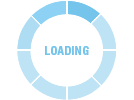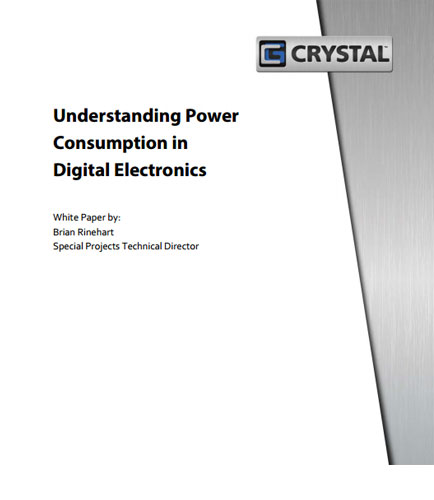
PROCESSING. PLEASE WAIT...

White Paper: Crystal Group
In digital electronics, effective thermal management comprises a vast number of design considerations that must be accounted for before fielding computational hardware for low maintenance installations into high stress environments and operating conditions.
Simply powering on a server and measuring the current without taking these variables into consideration will almost always result in misleading data that could lead to system design issues that drive confounding perplexity under different operating, environmental, and/or randomly due to die variations.
This whitepaper describes the various physical properties of semiconductor technology that contribute to power consumption in digital processors and supporting chipsets found in computational server hardware.
Key takeaways from this whitepaper:
Contributors to power consumption and dissipation
Total power as a function of static and dynamic power
Die to die variation and utilization

By: Direct Commerce
As the electronic invoicing market becomes more saturated in large companies, the small and medium enterprise (SME) market, those with annual revenues under $250 million, continue to open up. Over the past year, PayStream analysts witnessed an increase in electronic invoice (eInvoice) adoption among SME’s, as well as an increase in workflow automation. New and improved innovations in eInvoice functionality including Software-as- a-Service (SaaS), free supplier portals, dynamic discounting and mobile transactional capabilities are the driving forces behind the increase in adoption in the middle market. More SMEs are now reaping the benefits that the large early adopters did, including reduced processing costs, increased invoice approval cycle times, improved cash management, and increased visibility, to name a few. In addition to more companies or (buyers) implementing eInvoicing, PayStream survey results reveal that eInvoice adoption has been of keen interest among suppliers. The number of suppliers that no longer submit paper invoices and have converted to eInvoicing has increased dramatically. Today more suppliers send more invoices to companies in electronic format that do not require data entry, resulting in a more efficient and cost saving invoice process. Solution providers are now catering to suppliers with aggressive supplier on-boarding programs and easy to use supplier portals. More eInvoicing providers are offering their services to suppliers at no-cost, in an effort to build their supplier networks and keep buyers and suppliers connected across the globe.
By: Crystal Group
All of the power supplies tested passed the thermal, stress test, and low/high voltage operation criteria at 440 Hz. However, there is one very important parameter that must be considered in deeming a power supply appropriate for operation in a 400 Hz environment. This parameter is known as power factor, commonly abbreviated as PF. The higher the PF (desired), the lower the reactance and the more current is in phase with the voltage. The lower the PF (undesired), the higher the reactance and the more out of phase is the current with respect to the voltage. The purposes of this whitepaper are: to provide confidence in claiming compliant operation outside the stated vendor specifications, namely at 400 Hz, suitable for use with airborne power buses to provide compliance with margin and eliminate borderline passing scenarios to provide insights on the supplies that are 400 Hz compatible


 2025 All Rights Reserved | by: www.ciowhitepapersreview.com
2025 All Rights Reserved | by: www.ciowhitepapersreview.com